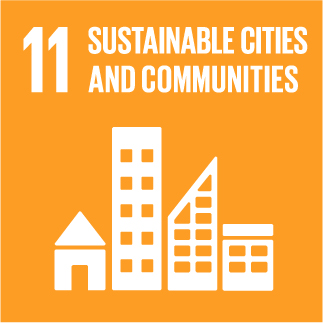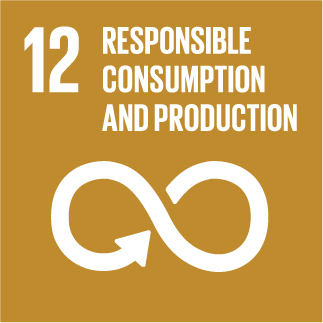Integrated manufacturing of REciclable multi-material COmposites for the TRANSport sector
A Multifunctional 2D?Conjugated BDT Polymer Interlayer Enables Over 20% Organic Solar Cells
A novel 2D?conjugated BDT?based polymer PBDB?tvt is designed and synthesized. Acting as a multifunctional interlayer, it enhances light absorption, optimizes phase distribution, and charge behavior, enabling SD?hybrid devices to reach a PCE of 20.3% with good stability. This work highlights the importance of rational molecular design for advancing high?efficiency OSCs.The bicontinuous active layer morphology plays a crucial role in affecting the charge transport/recombination in organic solar cells (OSCs). However, the conventional bulk heterojunction (BHJ) blending typically results in an uncontrollable vertical phase distribution, hindering further improvement in power conversion efficiency (PCE). Here, we designed a two?dimensional conjugated polymer donor PBDB?tvt by incorporating a long?conjugated side chain, chlorinated alkylthio?thiophene?vinyl?thiophene (tvt), onto the benzodithiophene (BDT) unit. The extended structure up?shifts energy level, enhances optical absorption, and improves charge transport. Interestingly, PBDB?tvt shows selective solubility in common processing solvents, making it suitable for sequential deposition. By using it as the interlayer between the electrode modification layer and bulk heterojunction, we constructed a hybrid device (functional modification layer/BHJ) configuration. The tailored structure not only brings improved phase distribution but also enhances light utilization in the short?wavelength region, which leads to a simultaneous increase of photovoltaic parameters, including open?circuit voltage, short?circuit current density, and fill factor. As a result, the best device achieves a maximum PCE of 20.3%. This contribution highlights the pivotal role of a multifunctional interlayer in enhancing the light absorption and controlling the active layer morphology, providing a feasible method to further improve the photovoltaic performance of OSCs.

» Publication Date: 28/10/2025

This project has received funding from the European Union's Horizon 2020 research and innovation programme under grant agreement Nº 768737


